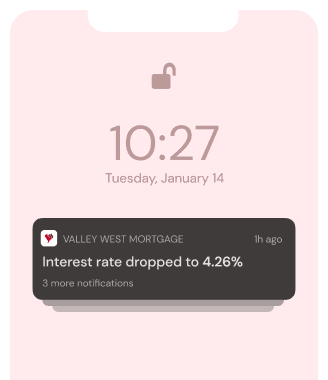For the first time in 37 years, the Federal Reserve halted purchase of bonds on Wednesday, October 29. This came as no surprise to many, as the Fed has been steadily cutting purchase of mortgage-backed securities for the entirety of 2014, but it certainly is jarring to see the program finally come to a halt.
What does this mean for you the borrower and client? It means that there is potential for government debt prices to be pushed down in potential declining demand. This also means that this action could raise yields simultaneously.
The process that central banks began after the recession, called quantitative easing (QE), is a method used to stimulate monetary value when an economy suffers to do so itself. When the Fed began the program, the intention was never to last forever, but just long enough to see the market stabilize on its own, at which point the “easing” would begin. This works by the central banks buying financial assets from commercial banks, which lowers yields and increases monetary base at the same time.
Although tapering didn’t begin for the Fed until last December, the 10-year Treasury yield had already climbed to almost 3 percent. This is generally seen as a good sign by economists; while this is not a high number, it is higher than the previous percentage which was below 2 percent. The higher the treasury yield, the better the economic outlook. With the purchase of bonds being halted, experts believe that the economy and monetary value could continue to see a boost, bettering both the market and the economy.
Stay up-to-date on the bond market and treasury yields at Forbes.com or mortgagewatchdaily.com.

Instant notifications for your scenario
Let's do it⏰ Your offer will be delivered to your inbox in less than a minute!